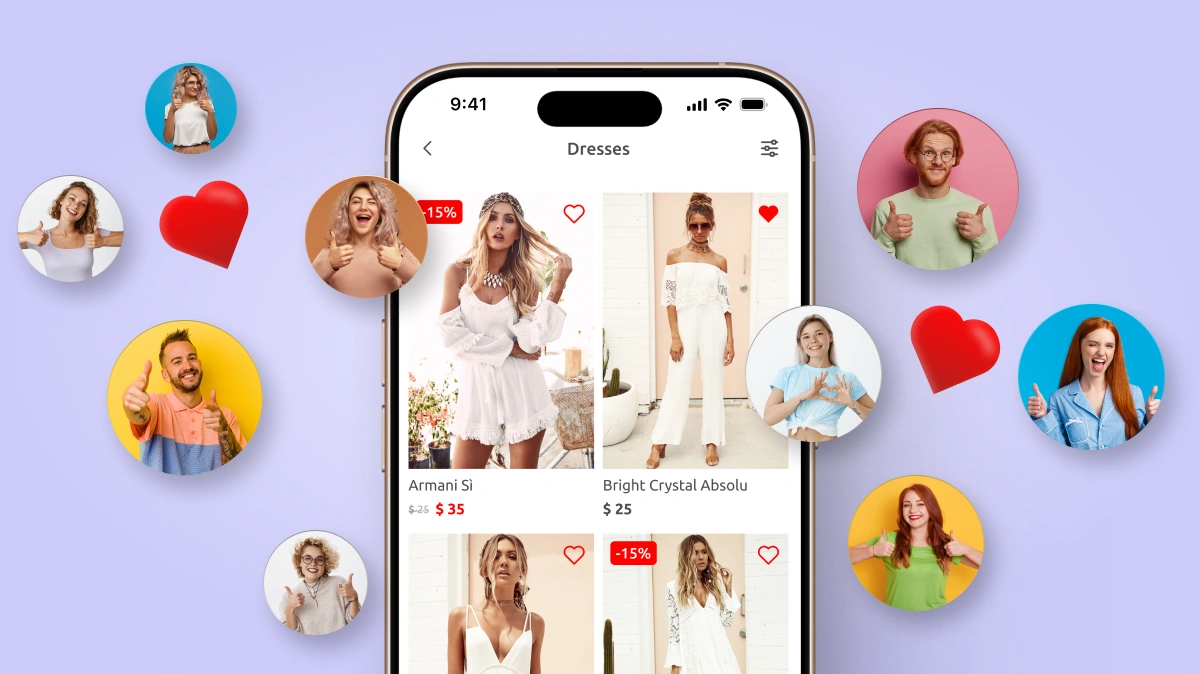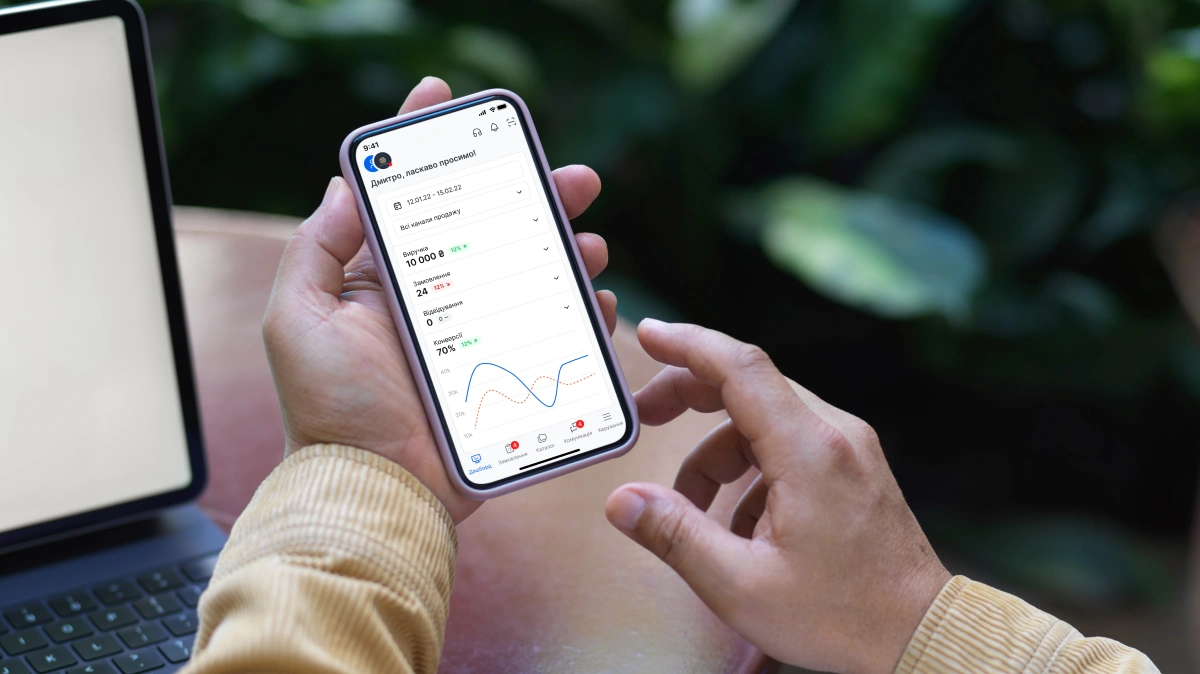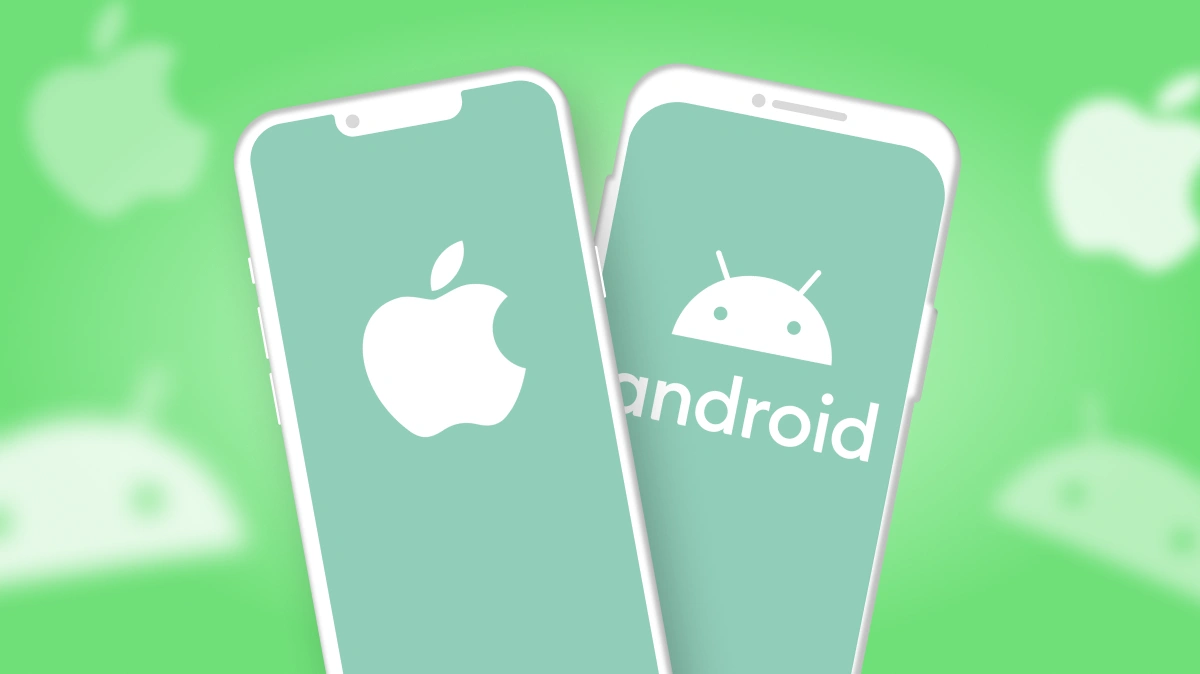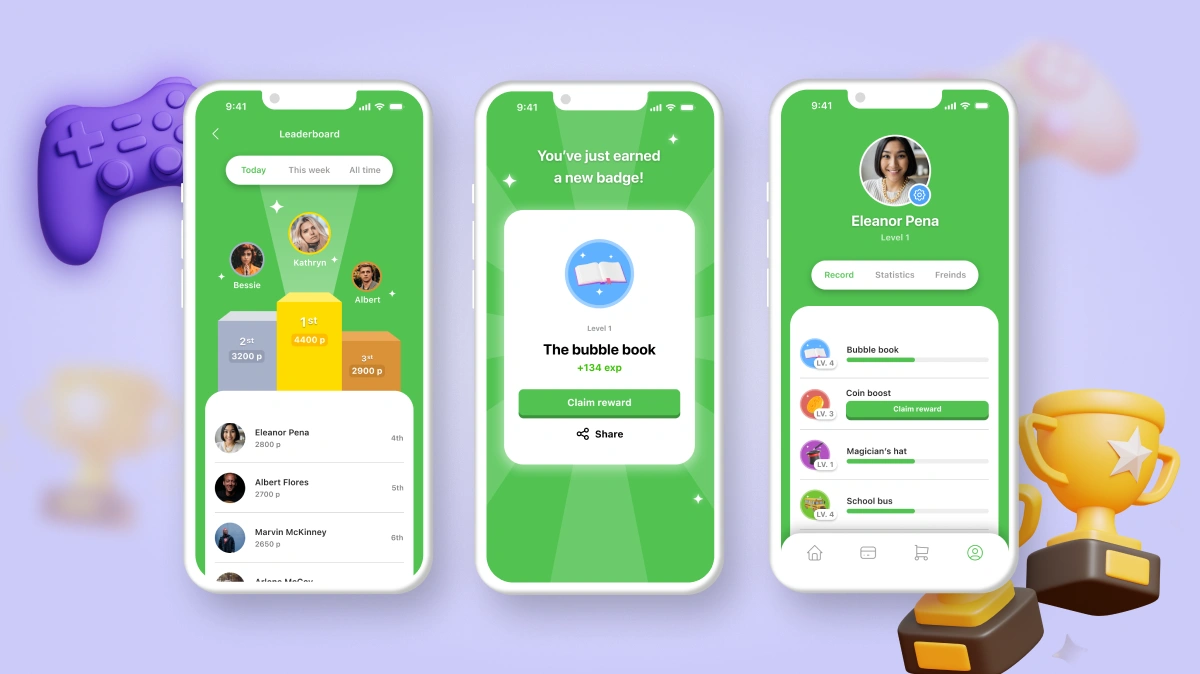
In 2025, a native app is a cornerstone for brands aiming to stand out among competitors, engage customers, and enhance loyalty. With mobile traffic surpassing 60% of total internet traffic, native mobile apps are essential for businesses, startups, and corporations. This article delves into why a native app is critical for your brand, how it drives differentiation, user experience, and organic traffic, and provides actionable tips for creation and optimization.
Why Native Apps Matter in 2025
Native apps, built specifically for iOS or Android, offer unmatched performance and device integration, delivering a unique user experience. Analysts predict the mobile app market will reach $700 billion in 2025, with over 350 billion downloads. Key benefits of native apps for brands include:
- High Performance: Faster loading and smoother operation than hybrid apps.
- Device Integration: Leveraging GPS, cameras, and sensors for personalized features.
- Customer Loyalty: Push notifications and offline access retain users.
- Competitive Edge: Associated with innovation and customer focus.
SEO Tip: Optimize descriptions in App Store and Google Play with keywords like "native app for branding", "mobile branding", or "personalized experience" to attract organic traffic.
1. Brand Differentiation Through Unique Experience
Native apps enable brands to craft a tailored UI/UX that reflects their style and values, setting them apart from competitors with generic solutions.
Benefits for Brands
- Personalization: Using AI for recommendations based on user behavior.
- Interactivity: Integrating AR/VR for try-ons or virtual tours.
- Emotional Connection: Exclusive content like brand stories or loyalty programs.
- Offline Access: Quick access to features without internet.
How to Implement?
- Develop with Swift for iOS and Kotlin for Android.
- Integrate Firebase for analytics and push notifications.
- Create loyalty programs with rewards for engagement.
2. Enhanced Performance and Reliability
Native apps provide superior speed and stability, reinforcing brand perception as a reliable partner.
Benefits
- Fast Loading: Fewer delays, higher conversion rates.
- OS Integration: Full access to hardware for advanced features.
- Security: Enhanced data protection via biometric authentication.
How to Implement?
- Test on real devices to optimize battery and memory usage.
- Use Crashlytics for stability monitoring.
- Add Face ID or Touch ID for security.
3. Customer Engagement and Retention
Native apps bring brands closer to customers with personalized features and seamless access.
Benefits
- Personalized Offers: Data-driven targeted promotions.
- Push Notifications: Reminders for promotions or abandoned carts.
- Loyalty Programs: Rewards for repeat customers.
How to Implement?
- Integrate CRM systems like HubSpot or Salesforce.
- Use OneSignal for push notifications.
- Incorporate gamification for higher engagement.
4. SEO Optimization and Marketing
Native apps unlock new opportunities for ASO (App Store Optimization) and marketing to drive organic traffic.
Benefits
- ASO: Optimized descriptions boost store rankings.
- Content Marketing: In-app blogs to attract audiences.
- Social Media: Integration with Instagram or TikTok.
How to Implement?
- Use Google Keyword Planner for keyword selection.
- Optimize icons and screenshots for stores.
- Leverage Google My Business for local search.
5. Trends in Native Apps for 2025
To stay competitive, brands must align with trends in native app development.
- Artificial Intelligence: AI-driven personalized recommendations.
- Augmented Reality: AR for product try-ons or previews.
- Voice Interfaces: Voice-activated ordering.
- Security: Biometric authentication for data protection.
Tips for Building a Native App
- Define Goals: Identify key features for your brand.
- Build an MVP: Develop a basic version with core functions.
- Test UX: Ensure usability across devices.
- Optimize ASO: Use keywords like "native app".
Native apps in 2025 are a powerful tool for branding, customer engagement, and loyalty. With high performance, personalization, and integration with technologies like AI and AR, your brand can shine in a competitive market. Invest in a native app to secure a competitive edge and thrive in the digital world.



